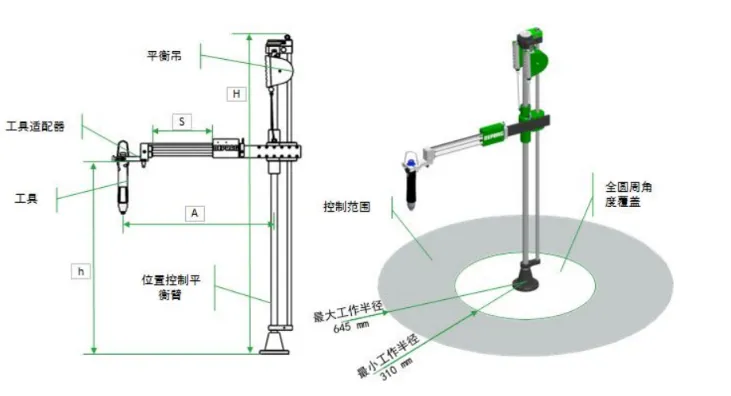High Power Solar Panels - Maximize Energy Efficiency with Advanced Solar Technology
The Rise of High Power Solar Panels Revolutionizing Renewable Energy
As the world increasingly turns towards sustainable alternatives, high power solar panels have emerged as a frontrunner in the quest for efficient and clean energy. These advanced photovoltaic systems are designed to convert sunlight into electricity with improved efficiency and output, thereby making them a popular choice for both residential and commercial applications.
High power solar panels, typically rated above 400 watts, offer several advantages over traditional solar panels. One of the significant benefits is their ability to generate more energy per square foot. This feature is particularly advantageous for urban areas where space is limited. With rising energy demands, optimizing the solar energy output in confined spaces becomes crucial. High power panels can cater to these needs, providing more energy without requiring extensive roofing or ground installations.
The technological advancements behind these powerful panels are commendable. The incorporation of high-efficiency solar cells, innovative materials, and enhanced manufacturing processes contributes to their superior performance. For example, many high power models use monocrystalline silicon, which boasts a higher efficiency rate compared to polycrystalline alternatives. This means that less area is needed to achieve similar energy outputs, allowing consumers to benefit from reduced energy costs in the long run.
high power solar panels

Environmental concerns and energy security have also driven the adoption of high power solar panels. As countries strive to reduce their carbon footprints and reliance on fossil fuels, solar energy presents a viable solution. The use of high power panels enables quicker transitions to energy independence, allowing nations to harness their solar resources and reduce greenhouse gas emissions significantly. This transition is essential not only for combating climate change but also for promoting sustainable economic growth.
Furthermore, high power solar panels can significantly reduce the payback period for solar investments. Although the upfront cost of these advanced systems may be higher than conventional models, the long-term savings on energy bills and the incentives offered by governments for renewable energy projects can make them a worthwhile investment. In many cases, homeowners and businesses have reported achieving return on investments within five to seven years, making solar energy an increasingly attractive proposition.
Another essential aspect of high power solar panels is their reliability and durability. Many manufacturers offer extensive warranties, often exceeding 25 years, which underscore the longevity and performance of these products. With minimal maintenance requirements and the ability to withstand harsh weather conditions, high power solar panels are engineered for both performance and resilience.
In conclusion, the future of energy generation is being reshaped by high power solar panels. With their enhanced efficiency, compact design, and environmental benefits, they are not only addressing the pressing energy challenges of our time but also paving the way for a sustainable future. As technology continues to evolve, it is likely that the market for solar panels will expand even further, making renewable energy more accessible and efficient than ever before. Embracing this transition is crucial for individual consumers, businesses, and governments alike, as the push for a cleaner and more sustainable world continues to gain momentum.
-
Unlocking Energy Freedom with the Off Grid Solar InverterNewsJun.06,2025
-
Unlock More Solar Power with a High-Efficiency Bifacial Solar PanelNewsJun.06,2025
-
Power Your Future with High-Efficiency Monocrystalline Solar PanelsNewsJun.06,2025
-
Next-Gen Solar Power Starts with Micro Solar InvertersNewsJun.06,2025
-
Harnessing Peak Efficiency with the On Grid Solar InverterNewsJun.06,2025
-
Discover Unmatched Efficiency with the Latest String Solar InverterNewsJun.06,2025







